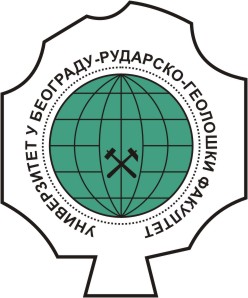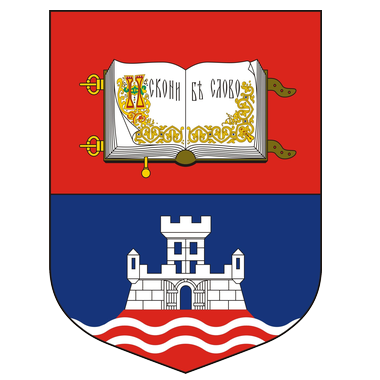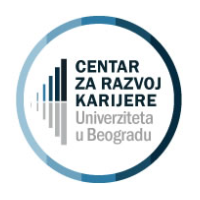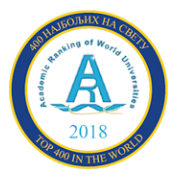Study program:
Petroleum Engineering (VI semester -BsC) |
|
Name of subject: Petroleum Processing |
Instructors:
Prof. Dušan Danilović, MSc Marija Ilić |
|
Status: Compulsory |
|
ECTS: 5 |
|
Prerequisites: Passed courses from the previous year. |
Course Objectives:
The aim of the course is to familiarize with the technology of collecting and preparing oil, gas and water. Students are studying the processes of preparation of bedbugs, equipment for their preparation and its dimensioning. The system of collection and preparation of bed fleets ensures the production of these fluids, along with respecting the criteria of optimum, and preparing the fluid in order to fulfill the economic requirements for the further transportation of oil and gas, ie meeting the economic and ecological demands for the disposal of water. |
Learning Outcomes:
Upon completion of the course, students are able to independently define the parameters of the individual preparation process, dimension the optimal equipment parameters, and design systems for the collection of oil, gas and bedding. In this way, they can fully manage the surface preparation of oil and gas. |
Content:
Theory teaching
Lectures: Physical-chemical characteristics of oil, gas and water. Sedimentary water. Physical characteristics of the oil-gas mixture. Separation of gas from oil. Calculation of the phase equilibrium. Simple and multistage separation of gas from crude oil. Types of separators and principles of work. Dimensioning the separator. Separating water from crude oil. Equipment for extracting water from petroleum. Dimensioning equipment. Preparation of bedding for disposal. Separation of oil from the bed. Systems of collection, preparation and dispatch of oil and gas. Designing a collection system. Examples of technological schemes for the preparation of oil and gas in our fields. Oil field gas Rusanda. The oil-gas fields are Turija-north. Preparation of natural gas. Methods for extracting water from gas. Dehydration of natural gas by absorption. Natural gas dehydration by adsorption method. Practical teaching
Exercises: Calculation of physical parameters of crude oil and natural gas. Calculation of the physical parameters of the mixture of oil and gas. Quantitative calculation of one-step separation. Quantitative calculation of two-stage separation. Quantitative calculation of single-step separation at a pressure of more than 15 bar. Dimensioning of the two-phase horizontal separator. Dimensioning of two-phase vertical separator. Dimensioning of three-phase vertical separator. Dimensioning the three-phase horizontal separator. Dimensioning horizontal and vertical triters. Calculating the permeability power and sedimentation equipment diameter. Calculating conditions for the appearance of hydrates. Determination of the number of plates in the absorption column using the graphic method. |
Suggested Reading List:
- Prstojević B., Priprema nafte, gasa i ležišnih voda, Rudarsko geološki fakultet, Beograd 1996.
- Prstojević B., Priprema nafte, gasa i ležišnih voda, Rudarsko geološki fakultet, Beograd 2012.
|
Conduct of the Course:
Power point presentation + interactive work + practical exercises |
Fund hours:
| Lectures |
Exercises |
Other forms of teaching |
Study research |
| 2 |
2 |
0 |
0 |
|
Assessment:
| Final Exam |
ECTS |
| Oral Exam | 10 | | Written exam | 40 |
| Classwork Assessment |
ECTS |
| Practical Classes | 30 | | Written tests | 20 |
|
|
Additional Assessment Criteria: - |
|
|






